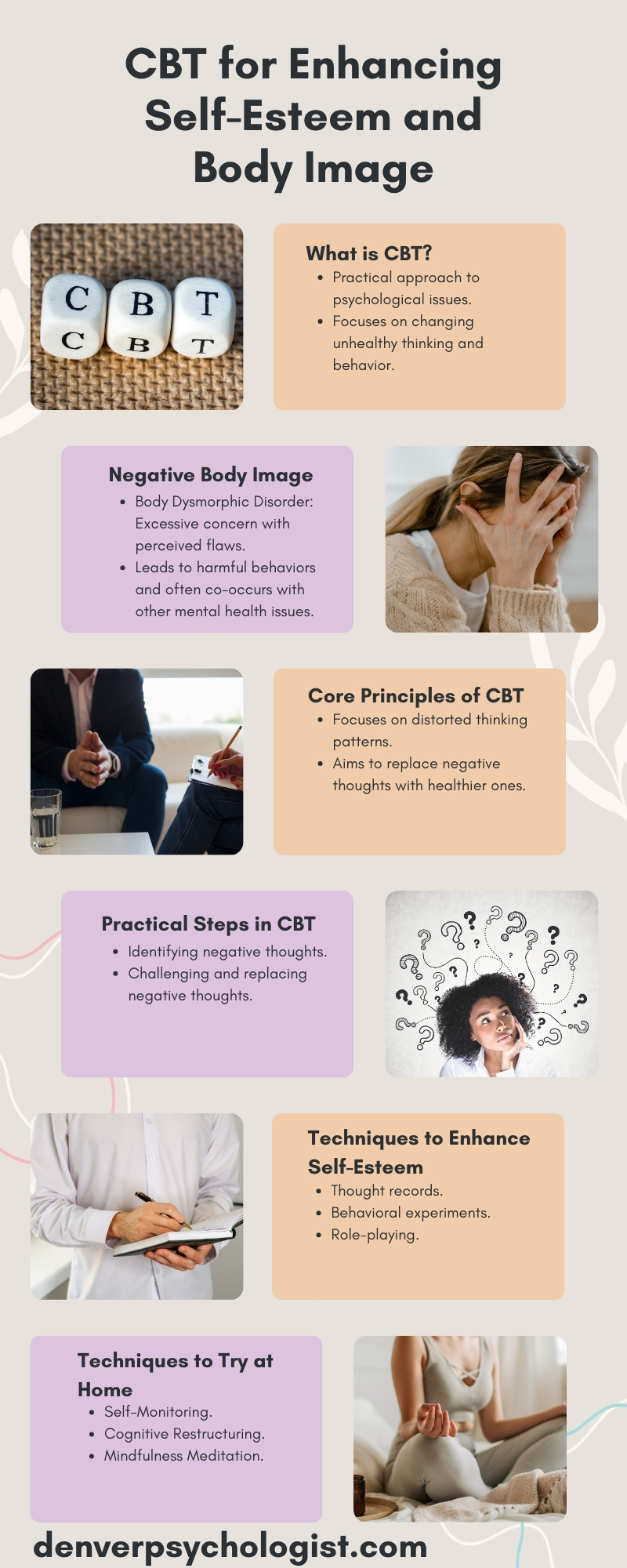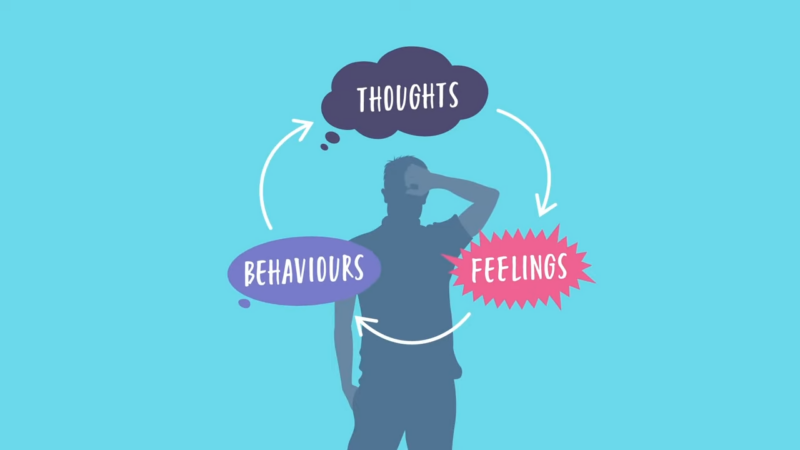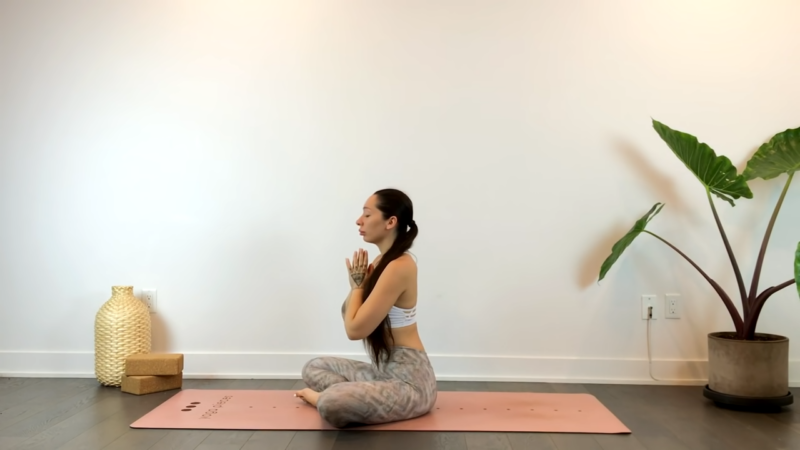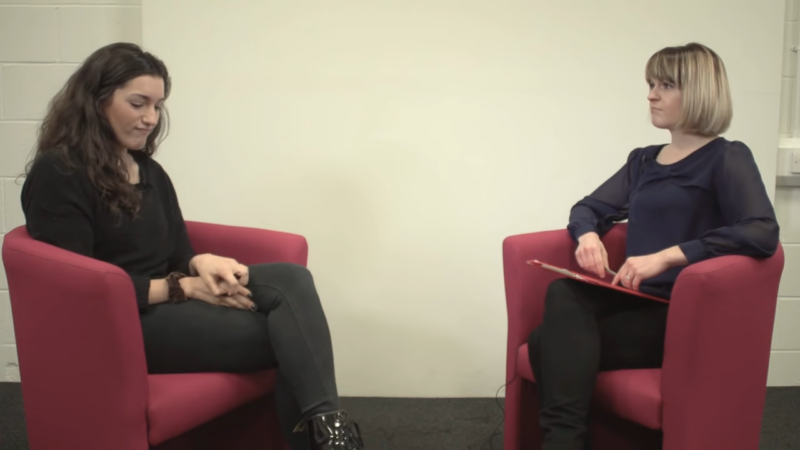I often work with clients struggling with self-esteem and body image. It’s no secret that these issues can profoundly affect one’s quality of life, particularly for adolescent girls. Cognitive Behavioral Therapy (CBT) offers a promising approach to these challenges.
Today, I’ll share insights on how CBT can enhance self-esteem and body image, backed by recent research findings.

What is Cognitive Behavioral Therapy?
Cognitive Behavioral Therapy (CBT) offers a practical approach to solving psychological problems by altering unhealthy thinking and behavior patterns.
As proved in an NCBI study, in the realm of mental health, CBT has proven effective for a range of issues, including depression, anxiety, and substance abuse. Specifically, it can significantly boost self-esteem and improve body image.
The Impact of Negative Body Image and Body Dysmorphic Disorder
Body Dysmorphic Disorder (BDD) stands out as a severe mental health condition where an individual is excessively concerned with a perceived flaw in their appearance. Often, this concern is minor or imagined, but for someone with BDD, it becomes a predominant obsession, impacting daily functioning.
According to Holly R. Nicewicz and his study, people with BDD might engage in harmful behaviors like excessive exercise or eating restrictions to alter their appearance. This disorder frequently occurs alongside other psychological issues such as depression, eating disorders, and anxiety disorders, creating a complex web of mental health challenges.
The influence of social media on body image among adolescents has also been noted as a contributing factor to the development or exacerbation of body dysmorphic concerns, adding another layer to this intricate issue.
Core Principles of CBT in Addressing Body Image

As Dharmender Nehra stated in his study, CBT tackles these problems by focusing on the distorted thinking patterns that underlie them. Negative self-perception, for instance, often leads to intense feelings of shame, guilt, and embarrassment.
CBT aims to identify these harmful patterns and replace them with healthier, more realistic thoughts.
1. Identifying Negative Thoughts
The initial step in CBT involves recognizing the automatic, often irrational thoughts that fill one’s mind. For example, a person might think, “I look horrible in these clothes because I’m too skinny,” or “Everyone is staring at me because of my weight.” CBT teaches individuals to catch these thoughts and understand how they affect feelings and behavior.
2. Challenging and Replacing Negative Thoughts
Once identified, the next step is challenging these thoughts. CBT employs various techniques to help individuals test the reality of their negative thoughts and gradually replace them with positive ones.
By systematically questioning the evidence for and against distorted thoughts, individuals learn to view themselves and their bodies in a more positive and realistic light.
Practical Steps in CBT for Enhancing Self-Esteem

CBT provides a structured path to improve one’s self-image and self-esteem through specific exercises and practices. Here are some techniques often used:
- Thought records: Keeping a diary of negative thoughts and the events that trigger them. This practice helps individuals track patterns and triggers in their thinking.
- Behavioral experiments: Trying new ways of behaving that counteract one’s usual patterns can provide fresh evidence that challenges negative beliefs.
- Role-playing: Practicing social interactions and other scenarios to reduce fear and anxiety associated with body image.
The Role of Support Systems
Having supportive friends or family is crucial when dealing with self-esteem and body image issues. Support can come in various forms, such as active listening, asking thoughtful questions, or encouraging treatment options. A strong support network can reinforce the positive changes promoted through CBT.
CBT Techniques to Try at Home

While professional guidance is ideal, there are CBT strategies that one can start implementing independently to foster positive thoughts and actions regarding body image:
- Self-Monitoring: Writing down negative body-related thoughts as they occur throughout the day. Note the situation and the intensity of the thought.
- Cognitive restructuring: After identifying a negative thought, challenge its accuracy and replace it with a more positive or realistic one.
- Mindfulness meditation: Regular practice can enhance one’s awareness of the present moment, helping to combat the overemphasis on past or future concerns related to body image.
Wrapping Things Up
The goal of CBT is not to transform overnight but to gradually foster a more positive view of oneself and one’s body. It is a journey of small, consistent steps that lead to significant changes. Regular practice and persistence are key to making these techniques work effectively in enhancing self-esteem and improving body image.
CBT’s structured approach can help shift the focus from negative self-perception to a more balanced and positive outlook on life. It encourages an understanding of the link between thoughts, feelings, and behaviors and provides tools to adjust these dynamically for better mental health and well-being.

